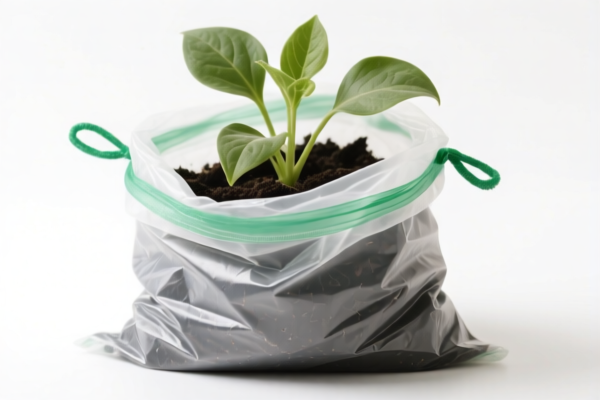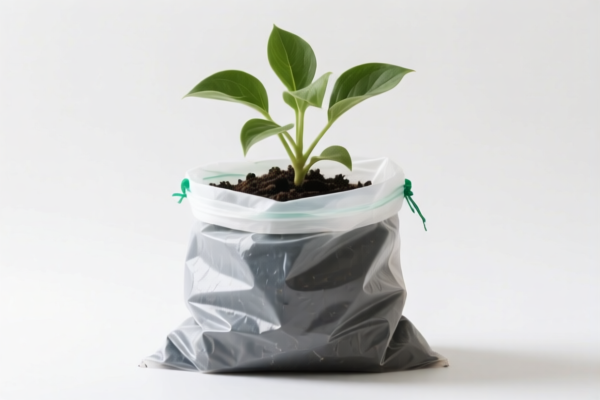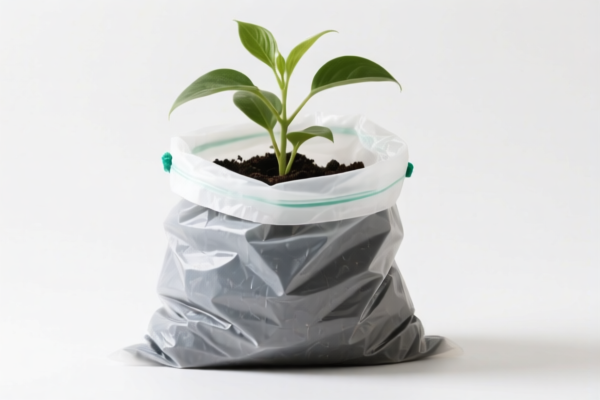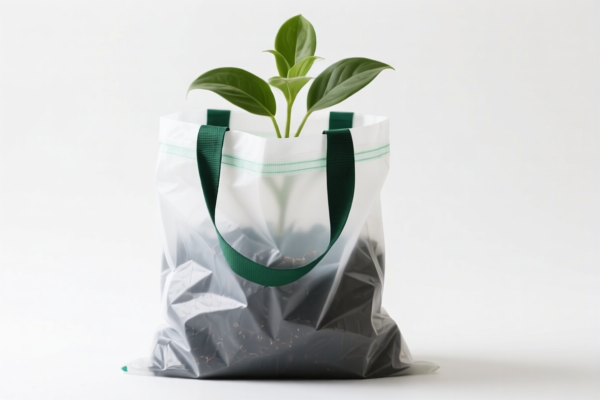| HS Code | Official Doc | Tariff Rate | Origin | Destination | Effective Date |
|---|---|---|---|---|---|
| 5911900080 | Doc | 58.8% | CN | US | 2025-05-12 |
| 5911900040 | Doc | 58.8% | CN | US | 2025-05-12 |
| 5903903090 | Doc | 57.7% | CN | US | 2025-05-12 |
| 5903902500 | Doc | 62.5% | CN | US | 2025-05-12 |
| 6113009074 | Doc | 44.6% | CN | US | 2025-05-12 |
| 6113009084 | Doc | 44.6% | CN | US | 2025-05-12 |
| 5602290000 | Doc | 61.3% | CN | US | 2025-05-12 |
| 5602906000 | Doc | 61.3% | CN | US | 2025-05-12 |
| 4205008000 | Doc | 55.0% | CN | US | 2025-05-12 |
| 4202995000 | Doc | 62.8% | CN | US | 2025-05-12 |
| 4202922000 | Doc | 60.7% | CN | US | 2025-05-12 |
| 3926901000 | Doc | 40.9% | CN | US | 2025-05-12 |
| 3926909989 | Doc | 42.8% | CN | US | 2025-05-12 |
| 3923900080 | Doc | 58.0% | CN | US | 2025-05-12 |
| 3923300090 | Doc | 58.0% | CN | US | 2025-05-12 |




Plant Grow Bags
Plant grow bags are soft-sided containers used for growing plants. They are typically made from non-woven fabric, offering an alternative to traditional hard-sided pots.
Material
The primary material is typically polypropylene fabric, a synthetic material known for its durability, porosity, and resistance to degradation. Different weights (measured in grams per square meter - GSM) of fabric are used, with higher GSM indicating a thicker, more durable bag. Other materials sometimes incorporated include:
- Non-woven polypropylene: The most common material, providing aeration and drainage.
- Reinforced polyethylene: Used for added strength and longevity.
- Coir (coconut fiber): Occasionally used as a liner or blended into the fabric for water retention.
- Recycled plastic: Increasingly used for environmentally friendly options.
Purpose
Grow bags serve several key purposes:
- Root Pruning: The fabric's porous nature allows air to reach the roots, causing them to air prune – stopping growth when they reach the bag's wall. This encourages a denser, more fibrous root system.
- Improved Drainage & Aeration: Excess water drains readily, preventing root rot and promoting healthy root development.
- Portability: Lightweight and flexible, making them easy to move plants around.
- Temperature Control: Fabric sides allow for better air circulation and can help prevent overheating in hot weather.
- Space Efficiency: Collapsible when empty, making them easy to store.
Function
Grow bags function by providing a contained environment for root growth while allowing for optimal air and water exchange. The fabric’s breathability prevents the roots from becoming root-bound, unlike plastic pots. They are suitable for a wide range of plants, from vegetables and herbs to fruits and flowers.
Usage Scenarios
- Gardening: Ideal for home gardens, patios, balconies, and raised beds.
- Commercial Nurseries: Used for propagating and growing plants for sale.
- Hydroponics & Aquaponics: Can be used as a medium for growing plants in soilless systems.
- Urban Farming: Suitable for growing food in limited spaces.
- Starting Seeds & Transplants: Smaller sizes are used for seed starting and transplanting seedlings.
Common Types
- Round Grow Bags: The most common shape, available in a wide range of sizes.
- Square Grow Bags: Offer better space utilization.
- Rectangle Grow Bags: Suitable for growing rows of plants.
- Fabric Pots with Handles: Provide easier handling and portability.
- Smart Pots: A branded type known for their durable construction and aeration properties.
- Grow Bags with Velcro Straps: Allow for easy transplanting and root inspection.
- Potato Grow Bags: Specifically designed for growing potatoes, with flaps for harvesting.
- Hanging Grow Bags: Designed to be suspended from railings or other structures.
Plant grow bags are containers used for cultivating plants, typically made from textile materials. Based on the provided information, several HS codes may be relevant, depending on the specific material and construction of the bags.
Here are the potentially applicable HS codes:
- 5911900080: This code covers textile products and articles for technical uses, specified in note 8 to this chapter, “Other Other”. This is a broad category and could apply if the grow bags are made of a technical textile material. The total tax rate is 58.8%, comprising a 3.8% base tariff, a 25.0% additional tariff, and a 30.0% additional tariff applicable after April 2, 2025.
- 3926901000: This code covers other articles of plastics and articles of other materials of headings 3901 to 3914, specifically buckets and pails. If the plant grow bags are made of plastic, this code may be applicable. The total tax rate is 40.9%, consisting of a 3.4% base tariff and a 7.5% additional tariff, increasing to 30.0% after April 2, 2025.
- 3926909989: This code covers other articles of plastics and articles of other materials of headings 3901 to 3914, “Other Other”. If the grow bags are made of plastic and do not fall under the specific category of buckets and pails, this code could be considered. The total tax rate is 42.8%, with a 5.3% base tariff and a 7.5% additional tariff, rising to 30.0% after April 2, 2025.
Important Considerations:
- The material composition of the plant grow bags is crucial for accurate classification. If made of textile materials, HS code 5911900080 is more likely to be applicable. If made of plastic, HS codes 3926901000 or 3926909989 should be considered.
- Regarding HS code 3926901000 and 3926909989, please note the additional tariff will increase to 30.0% after April 2, 2025.
Customer Reviews
No reviews yet.